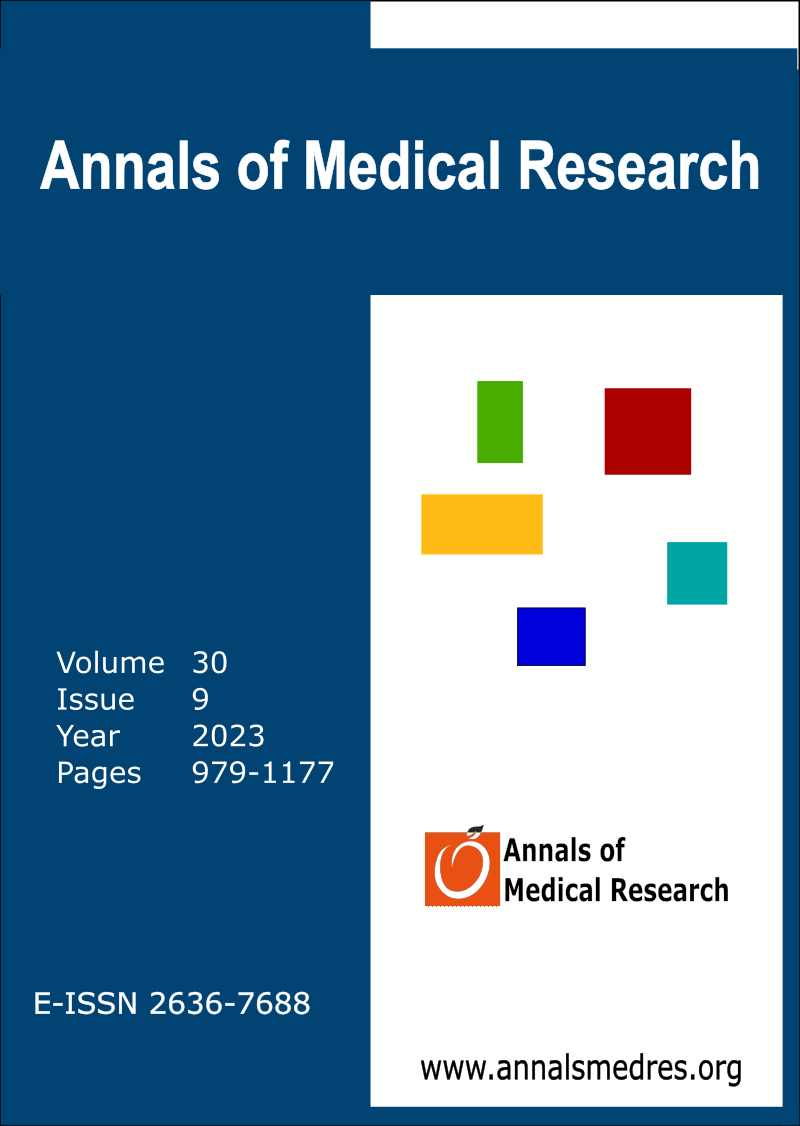Endoscopic botulinium toxin-A application in the treatment of obesity: The effect of dose and application area on treatment success
Keywords:
Botulinium toxin-A, Obesity, Region, DoseAbstract
Aim: In this study, it was aimed to examine the effect of dose and region on the effectiveness of Endoscopic Botulinum toxin A application in the fight against obesity.
Materials and Methods: A total of 446 patients who applied to our clinic with the complaint of weight were included in the study. Endoscopic Botulinum toxin A was administered at doses of 300 U (n=74), 400 U (n=172) and 500 U (n=200) according to the weight and Body Mass Index (BMI) values of the patients. Patients were divided into three groups in the Preploric, Cardia and Fundus regions, after 125 U of Endoscopic Botulinum toxin A application to each region, and 125 U application to one region.
Results: Initial BMI, weight difference, last BMI and BMI differences were statistically significant between patient groups according to dose and area (p=0.000). All BMI differences between paired dose and area groups were statistically significant (p=0.000). BMI difference was significantly correlated with gender (r=0.108; p=0.023), Initial BMI (r=0.266; p=0.000), weight (r=0.219; p=0.000), dose (r=0.834; p=0.000), and area (r=0.200; p=0.000). Effects of initial BMI (B=0.031; p=0.031), dose (B=1.423; p=0.000) and area (B=0.316; p=0.000) on BMI difference were statistically significant.
Conclusion: Optimum results are obtained in the application of fundus region with a density of 500 U in total, but at levels or values below this, the results may not be effective. Weight loss with the Endoscopic Botulinium toxin-A method with the appropriate dose and area is an effective and usable method in the fight against obesity.
Downloads
Published
Issue
Section
License
Copyright (c) 2023 The author(s)

This work is licensed under a Creative Commons Attribution-NonCommercial-NoDerivatives 4.0 International License.
CC Attribution-NonCommercial-NoDerivatives 4.0






